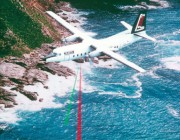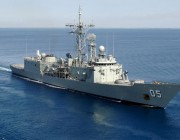Our innovations
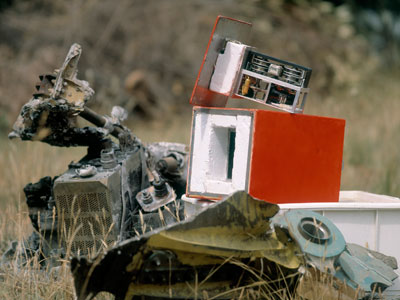
For more than 100 years, DSTG and its predecessor organisations have been dedicated to the delivery of thorough, ground-breaking and innovative science.
We have a long history of innovation in defence science, such as the development of the Jindalee Operational Radar Network, the Nulka ship missile decoy, the Barra Sonobuoy, the Australian Minesweeping System, the Laser Airborne Depth Sounder and composite bonded aircraft repair techniques, among others. Our scientists continue to find novel and innovative solutions to Defence's technology challenges.
Select 'Show/hide search filter' to search some of our most noteworthy innovations.
Innovations
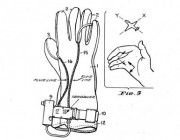
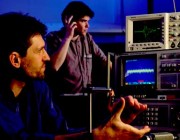
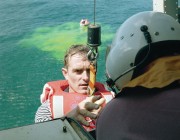

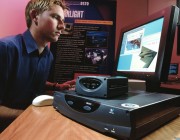
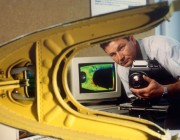
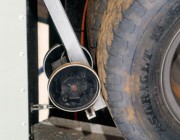
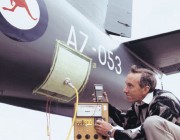
DSTG leads the world in the use of adhesively bonded fibre composites to repair aircraft structures and arrest stress corrosion cracking.
